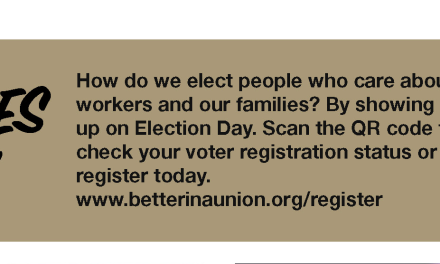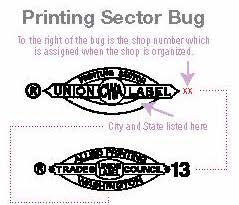Jerome Karabel
This is a watershed moment for the American labor movement. Drastically weakened by decades of a corporate offensive against workers in the private sector, the labor movement is now being frontally attacked at its last stronghold: public-sector unions. If the current assault on labor — now being spearheaded by Governor Scott Walker’s push to eliminate the bargaining rights of public-sector workers in Wisconsin — succeeds, it will leave the United States as the only wealthy democratic country with little more than a shadow of a union movement. In a recent statement, Governor Walker accurately, if somewhat grandiloquently, described the stakes: “This is our moment. This is our time to change the course of history.”
Public employees, just 17 percent of union members nationwide in 1973, now comprise half of all union members in the United States. The rise of public-sector unions has coincided — and partially counter-balanced — a disastrous decline of private-sector unions, which now represent just 6.9 percent of all workers in the private sector, compared to 24 percent in 1973 and roughly one-third in 1960. In sharp contrast, public-employee unions now represent 36 percent of all public-sector workers — a figure that goes a long way towards explaining why the right wing has now targeted government workers in an attempt to destroy what is left of the labor movement.
Even the rise of public-sector unions has not, however, been enough to arrest a massive long-term decline in the strength of organized labor. Representing one-third of all workers in the late 1950s, unionized workers had dropped to 22 percent by 1980. Ronald Reagan’s election to the presidency — and his firing of over 11,000 air traffic controllers in the PATCO strike of 1981 — both embodied and reinforced a growing corporate offensive against labor. By the time Reagan left office in 1989, unions represented just 16 percent of all workers, and only 12 percent of workers in the private sector.
With private-sector unions now at their lowest ebb since the early 1930s, the public-sector unions have become the last redoubt of a battered labor movement. While not a substitute for a vibrant union movement in the private sector, public sector unions have been crucial in enabling organized labor to remain a major player in national politics. Without their financial resources and their capacity to mobilize voters during elections, neither progressive candidates nor progressive policies would stand a chance in a money-drenched political system increasingly tilted towards the interests of the wealthy and powerful.
Organized labor is far weaker in the United States than in any other wealthy democratic country; to cite just one example, in a number of European countries the percent of the labor force covered by union contracts surpasses 90 percent and is nowhere less than 34 percent, compared to 13 percent in the United States. Yet the decline of American unions was not inevitable; it was not simply a byproduct of impersonal forces such as de-industrialization and globalization. Canada and the U.S., neighbors with interconnected economies that are subject to many of the same pressures, both had roughly 30 percent of their workers in unions in 1960. But by 2008, Canada still had a similar percentage in unions, while union membership in the U.S. declined by more than half. The difference in the two countries is political: as Seymour Martin Lipset has shown, whereas unions in Canada enjoy more cooperative politicians, a friendlier legal environment, and less hostile employers, American unions have for decades faced an unrelenting corporate assault, aided and abetted by a Republican Party increasingly hostile to collective bargaining.
The consequences of a weak labor movement — and one that is growing weaker by the year — are central to the future of American society. For the first time in American history, rapid increases in productivity have not been accompanied by corresponding gains in wages; at the same time, the minimum wage has lagged behind increases in the cost of living. Inequality, while growing in virtually all the wealthy democratic countries, has increased more sharply in the United States than elsewhere, and the U.S. now leads the advanced world in inequality. The poverty rate in the United States, which was cut in half during the 1960s, is now the highest of the wealthy democratic countries. And according to a recent UNICEF study of child well-being, the United States ranks 20th out of 21 OECD countries.
The societies that rank high in the UNICEF study — and in other studies of social well-being and the quality of life — are almost invariably societies with strong labor movements. This is not a coincidence. For it is the labor movement that is among the stoutest defenders of the social safety net and shared prosperity, and labor is one of the few institutions able to serve as an effective counter-weight to the power of corporations and their political allies in an increasingly marketized global system.
For the United States, the implications could not be more clear. The attack on public-employee unions, should it triumph, will remove one of the last remaining obstacles to the untrammeled power of private corporations and the politicians committed to their agenda. This will have dire consequences that will go far beyond union members and their families, for it will shred America’s already tattered safety net and further concentrate power in the hands of the privileged. It is precisely because labor and its allies have realized what is at stake that they have succeeded in mounting a fierce counter-offensive that may nevertheless be repulsed. But whatever the outcome, the battle in Wisconsin may mark not the historic blow to organized labor that Governor Walker had expected to deliver, but the first step in the renewal of a beleaguered, yet still essential, movement.






